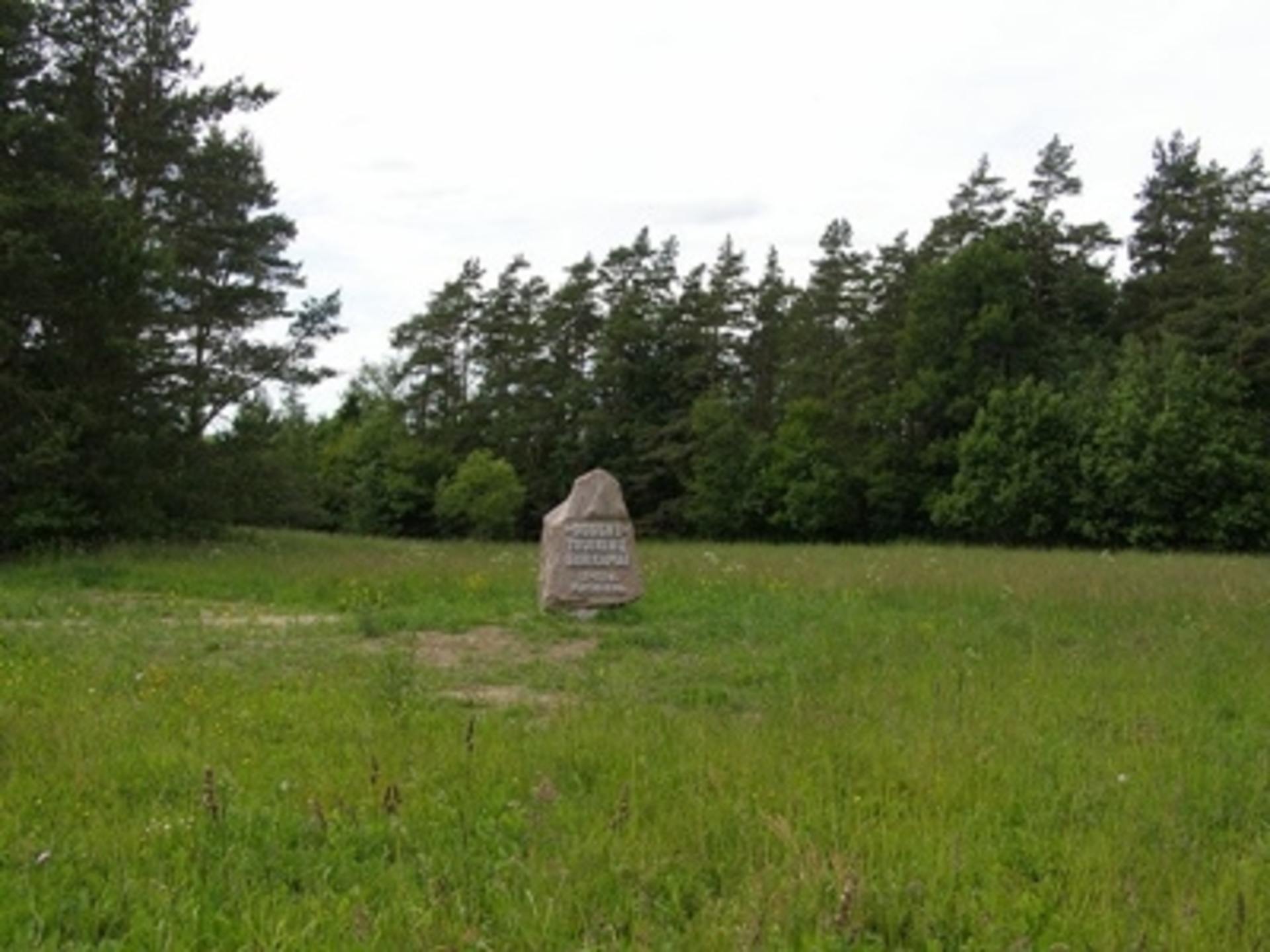Located near Klaišiai and Truikinai villages, this cemetery is a unique monument of Curonian culture from the 9th–12th centuries, with remarkable archaeological finds that reveal the material culture of that era. The area, about 2 km from Aleksandrija Cemetery, is state-protected and listed in the Register of Cultural Heritage of Lithuania. Approximately 18 cremation graves have been found at the site, with various artifacts including iron spearheads, axe heads, bronze belts, bracelets, and spiral rings. These artifacts are preserved in the Kretinga and Vilnius museums, and their uniqueness reveals aspects of the Curonians' way of life, beliefs, and artistic tendencies.
The cemetery was established on an elevated area, with its western side affected by gravel extraction and remnants of World War II fortifications visible to the north. This elongated northeast-southwest area, measuring 175 meters in length
and 92 meters in width, is partially forested, with the remaining part lying fallow. In the northeastern part of the cemetery stands a memorial stone carved with a Samogitian cross and silhouettes of Curonian ornaments, marking the uniqueness of the Truikinai ancient burial grounds.
Historically, since the 16th century, this area, known as Degsne, served as a shared pasture for the villages of Klaišiai and Truikinai. In the early 20th century, as Klaišiai residents began extracting gravel, they uncovered artifacts such as spearheads, axes, bronze chains, and other ancient items. Due to its significant cultural value, the cemetery was declared a monument of national archaeological importance in 1972 and has been state-protected as cultural heritage since 2005. In 2009, with support from the Aleksandrija community, a commemorative stone was erected here to honor the historical significance of the cemetery.





 Entertainment
Entertainment
 Food establishments
Food establishments





























 56.3, 21.666
56.3, 21.666
 Get directions
Get directions









